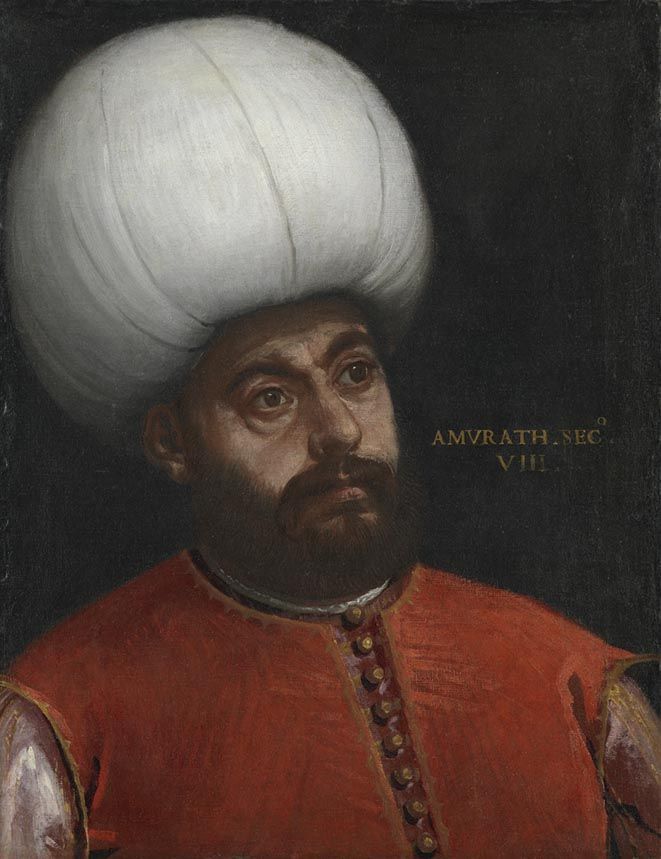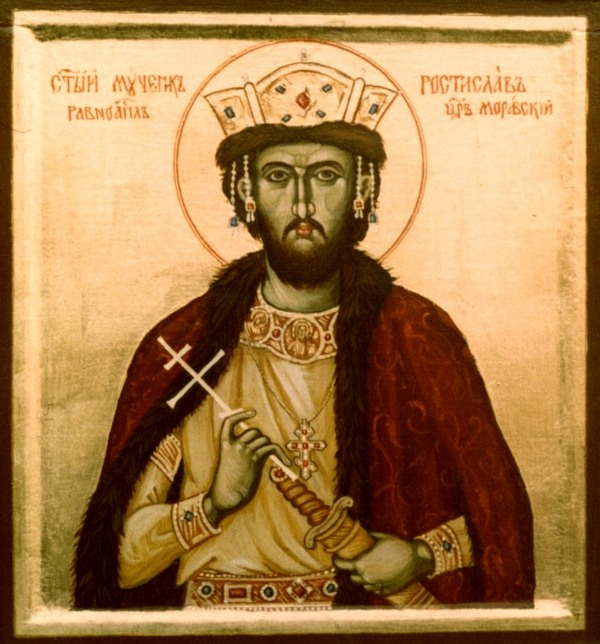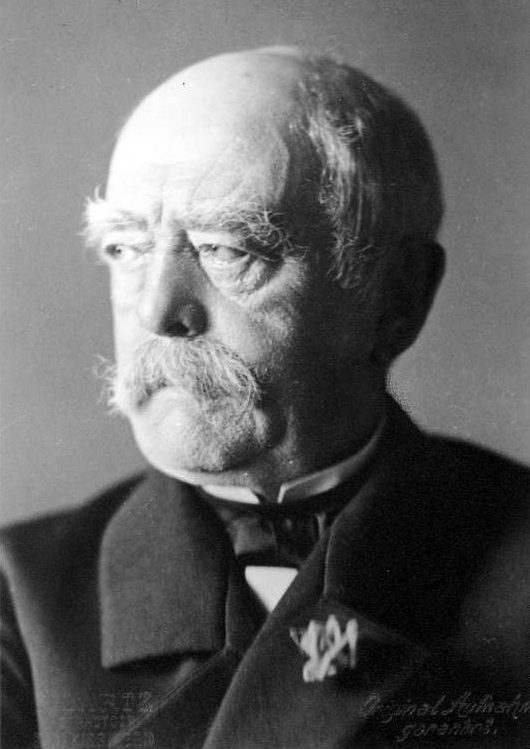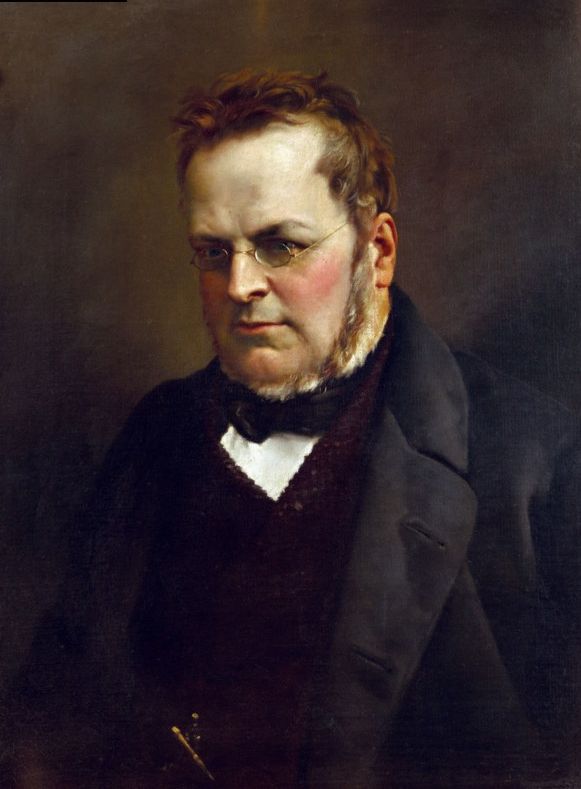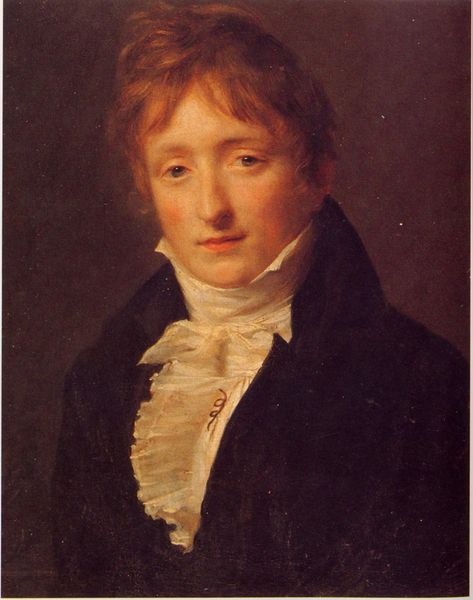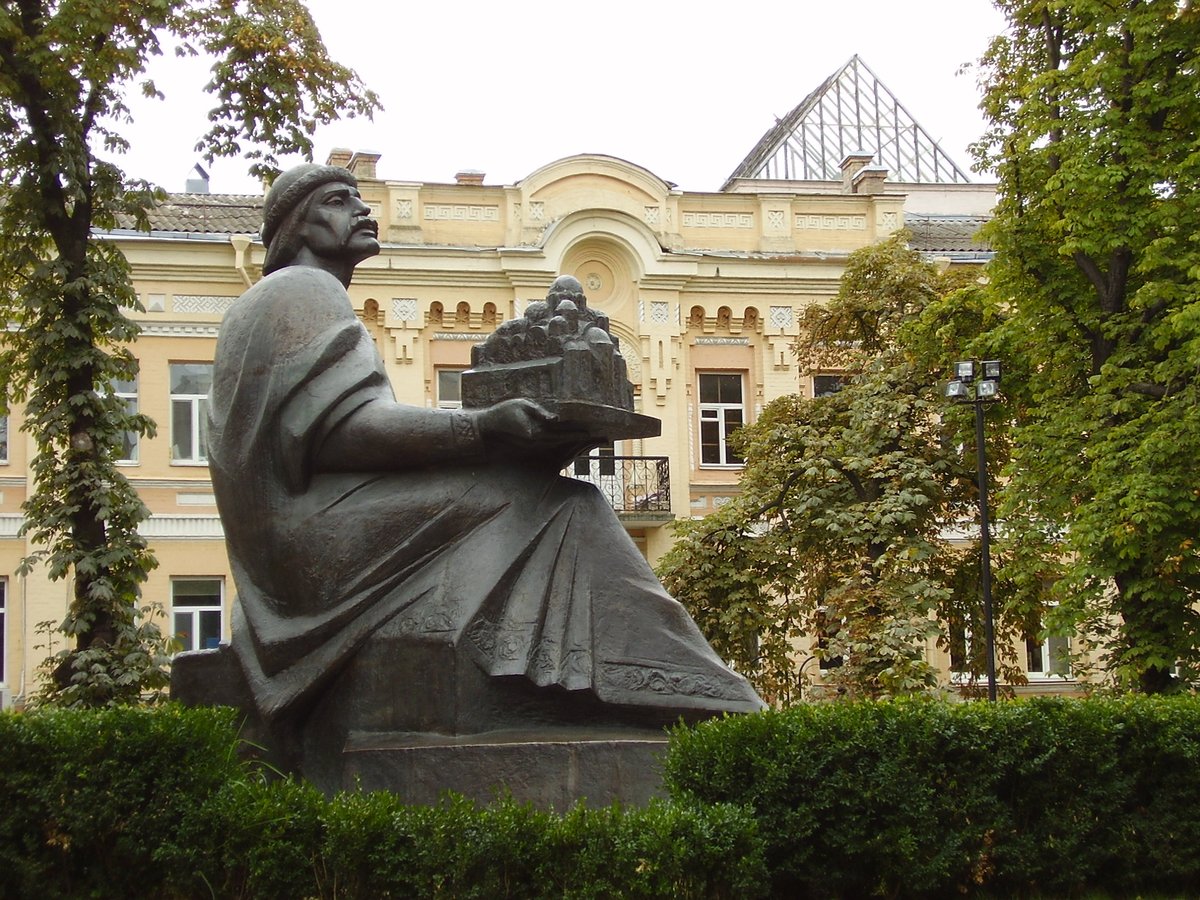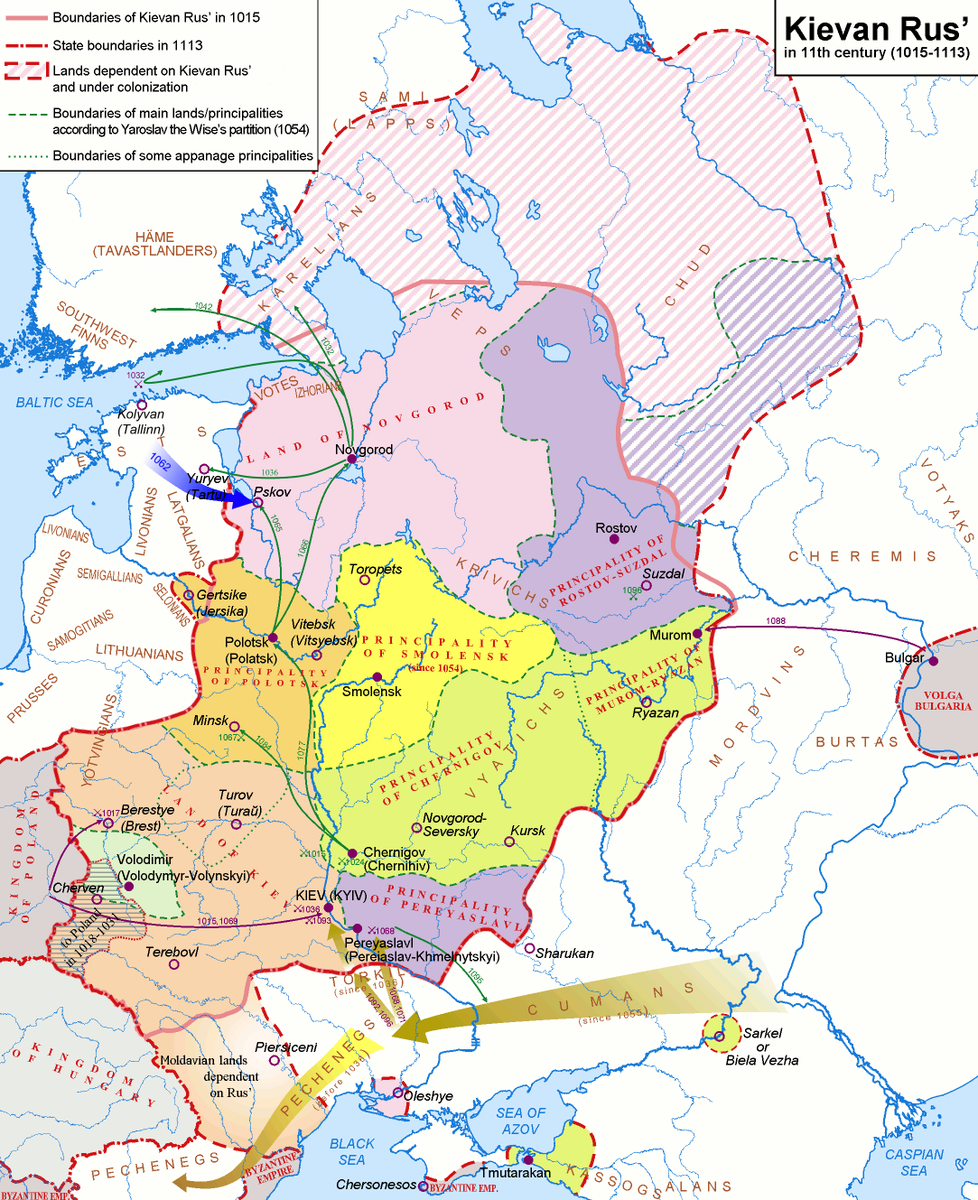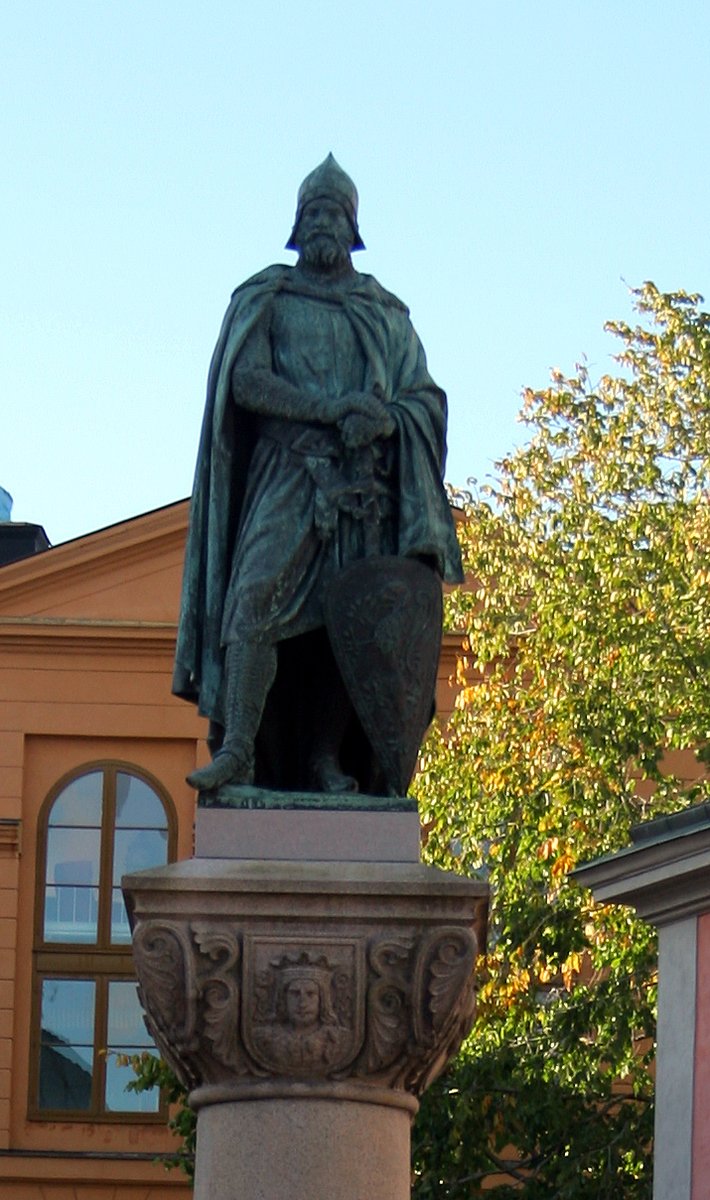A crumbling Empire, overrun by mercenaries and a Princess stemming the tide, stabilizing an Empire to last for centuries.
Story in the evening ...
Story in the evening ...
https://twitter.com/Arby_K/status/1389407160304504835
Ariadne was born before 457 to Leon and Verina. Leon served in the Roman army of Theodosius, the Emperor in the East, but the power behind the throne were the Emperor's elder sister, Pulcheria, and Flavius Ardaburius Aspar, a general of Germanic descent, from Alani tribe. 1/10 

When Theodosius died in 450, Pulcheria and Aspar appointed Marcianus, whom Pulcheria later married, as the Emperor. Pulcheria died in 453, followed by Marcianus in 457. Aspar controlled the Eastern Empire, but could not rule himself. So, he appointed Leon, to be a puppet. 2/10 

Ariadne was born during the reign on Marcianus. Now a princess, she was also the eldest child of the Emperor, who had no sons. Leon proved to be more independent than Aspar wanted. He allied with Isaurian leader Tarasicodissas and removed Aspar from power in 471. 3/10 

This reduced the role of Germanic tribes in Constantinople. But the Western Empire was under the control of another Germanic general, Ricimer. In 467, Leon had appointed Anthemius, son-in-law of his predecessor as Emperor in the West. But he was deposed by Ricimer in 472. 4/10 

Leon had strengthened his alliance with the Isaurians by marrying Ariadne to Tarsicodissas, who adopted the name Zenon. When Leon died in 474, he was succeeded by Zenon and Ariadne's son, Leon. But the younger Leon died the same year and Zenon was crowned Emperor. 5/10 

But his rule was short. Ariadne's uncle, Basiliscus, usurped the throne with the help of Aspar's brother-in-law, Theodoric Strabo. Zenon and Ariadne fled to Anatolia. They soon came back to power with the help of the Isaurians, but they were greeted with bad news from West. 6/10 

The Western general, Odovacer, had removed the Emperor and declared himself the ruler, nominally under Zenon's rule. The Empire in the West was gone. The dethroned Emperor, Julius Nepos, retained the title, but not the rule. 7/10 

Zenon had his own issues. Ariadne's sister, Leontia, who had married Marcianus, son of Emperor Anthemius, rebelled against Zenon. With help of Illus, the rebellion was put down. This brought Illus in conflict with Ariadne's mother, Verina and later the Empress herself. 8/10 

Illus rebelled in 484 and was killed in 488. To quell the rebellion by the Ostrogoths living in Pannonia, he send their leader Theodoric againt Odovacer in Italy. Theodoric defeated Odovacer and became the King of Italy in 493. 9/10 

When Zenon died in 491, Ariadne chose a new Emperor, an aged Anastasios, whom she married later. By the time the Empress died in 515, the future of the Empire in the East was secure. Childless, Anastasios also picked his successor, Iustinus, by the time he died in 518. 10/10 

• • •
Missing some Tweet in this thread? You can try to
force a refresh


